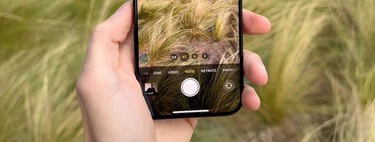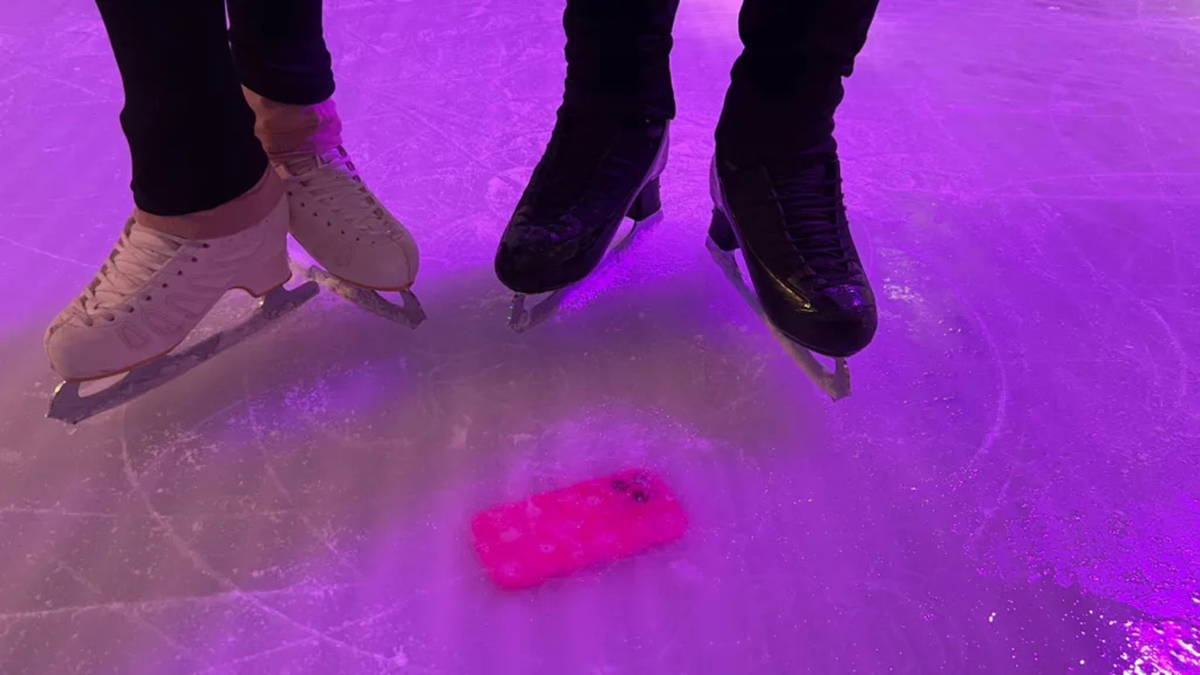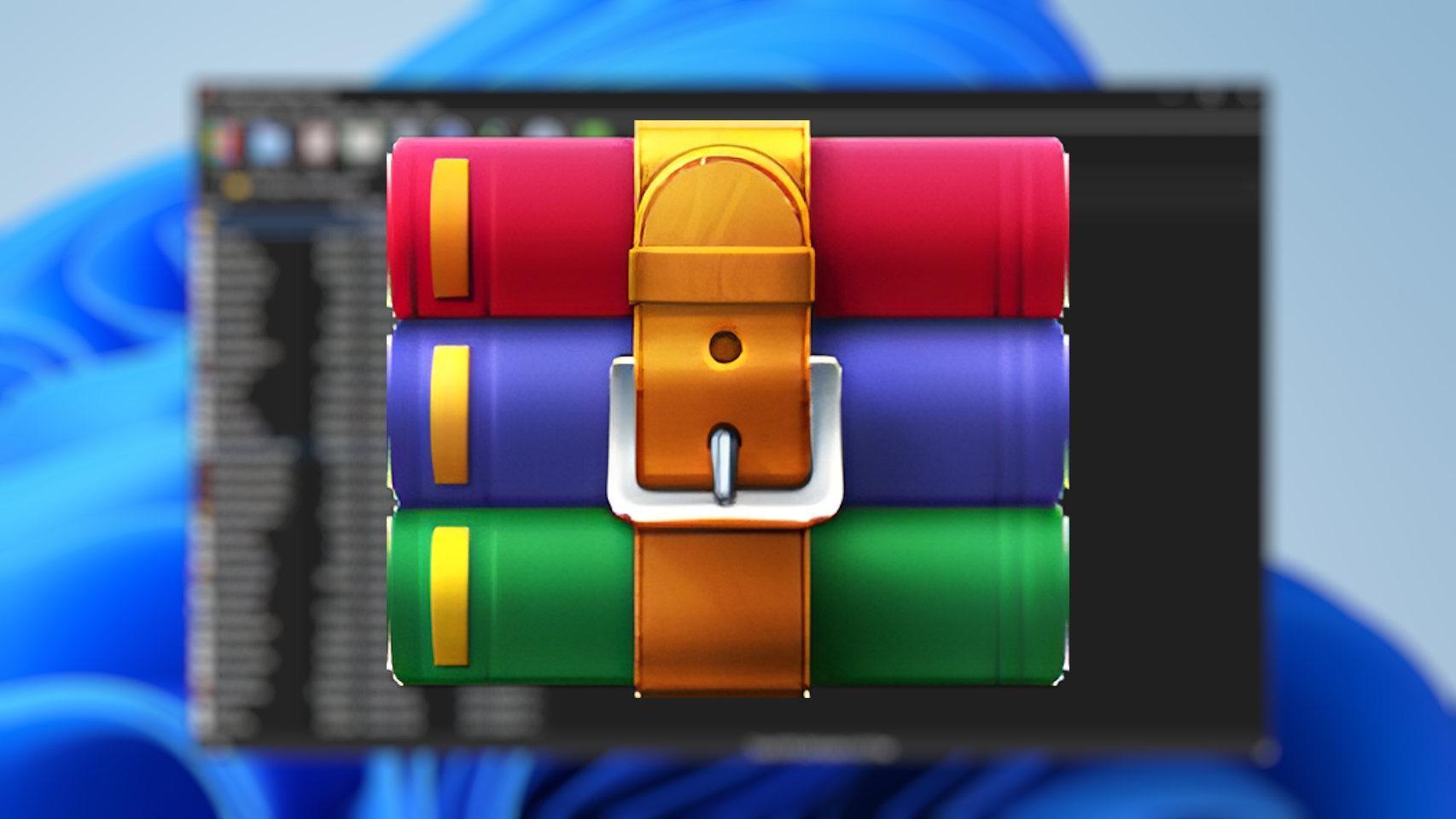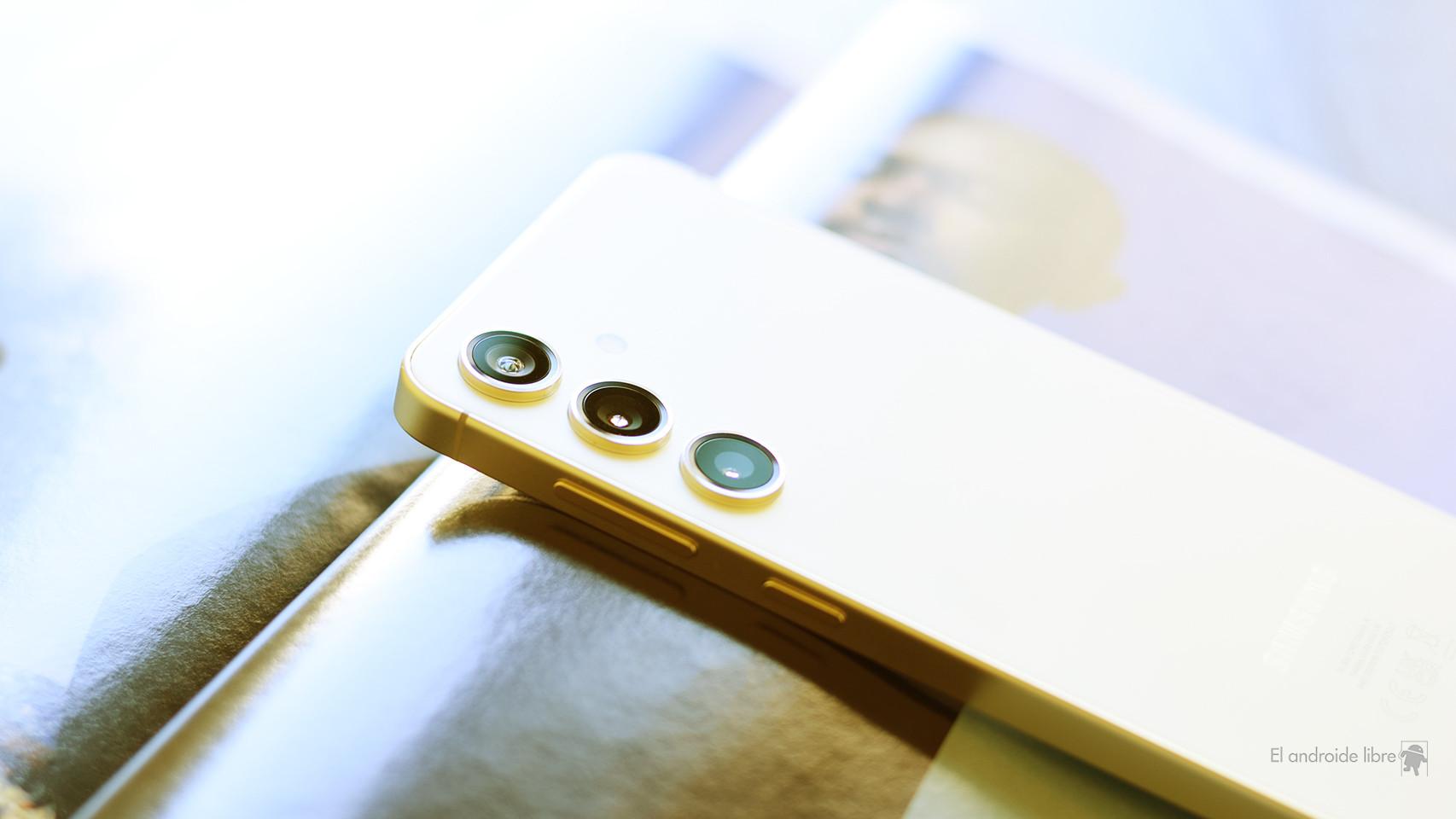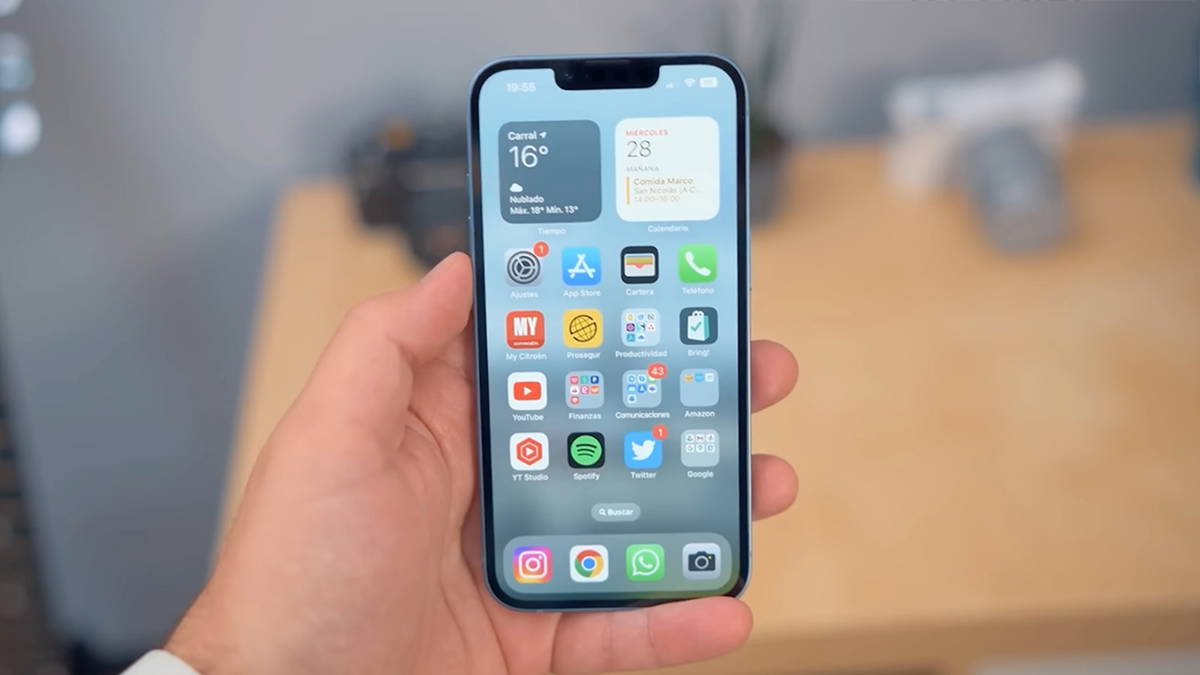iPhone cameras are still at the TOP when it comes to video recording. And generation after generation, they surpass themselves. It’s no surprise that Apple uses its own devices to record its keynotes and that more and more artists are using the iPhone to record video clips. For example, this was the case with The Weeknd’s latest video and, in a few months, something even bigger is going to happen.
A historical fact, perhaps an important milestone in the history of the iPhone. And, for technology and cinema lovers (like me), reading this news particularly excites us. Next year, “28 Years Later” will be releasedthe sequel to “28 Days Later”, one of the pioneering zombie films that took literally twenty years to get its second part.
A highly anticipated film, with an “Apelian” surprise included
Anyone who is even a movie buff knows that recording equipment is very bulky and very expensive. You can work with all kinds of cameras, whether digital or analog, as some still hold up directors, like Christopher Nolan. Maybe it’s time to open up to a third category of cameras: digital, analog and iPhone?
That’s right, Danny Boyle’s upcoming zombie movie, 28 Years Later, was shot on a good portion of the iPhone 15 Pro Max. the movie, with a budget of 75 million of dollars, became the longest filmed to date with Apple devices.
Already in 2002, the first film “28 Days Later” was recorded an innovative way for the time. In those years, recording digitally had the same feeling as saying “recorded with the iPhone” today. They used a Canon XL-1. Today, 20 years later, They used an iPhone 15 Pro Max as the main camera.
The principal filming of “28 Years Later” ended in August last year. At the gates of the iPhone 16 Pro, everything is said. to everything production staff were asked to sign a confidentiality agreement which prevented them from saying that the film was recorded with an iPhone. However, a paparazzi photo revealed the truth.
Why would they want to hide this information? Perhaps a future advertising campaign with Apple, or simply they did not want to condition the public, who will now be more aware of the quality of the images in the film.


Recording set with iPhone 15 Pro Max on the right
An iPhone ready to record movies, accompanied by very good accessories
The iPhone used to record is essential to get good quality. It has light sensors, 4K quality… In addition, the iPhone 15 Pro Max can record videos in Apple ProRes and LOG format. A color profile widely used by video and film professionals. With this format, previously only supported by professional cameras, more information about lights and shadows is obtained, allowing greater flexibility in color editing in post-production. This video file occupies an immense amount of gigabytes. To give you an idea, youA single minute in ProRes LOG takes up 5 GB. This is why external SSD hard drives are connected to the iPhone using the USB-C connection.


However, those who really know cinema also know that Lighting and optics are capable of giving a cinematic look.or more than a professional camera. You only need to watch Apple events to know that if you want to, you can. But you have to do it with as many accessories as if it were a traditional film camera. The Beastgrip brand specializes in lenses superimposed on the iPhone or lenses designed for it… In addition to using the iPhone 15 Pro Max as the main camera, certain scenes from “28 years later” were recorded also with GoPro style action cameras.


Why did they choose an iPhone and not a film camera?
Choosing an iPhone over a traditional film camera naturally sparks, at the very least, curiosity. And by opting for a device that we all know and use, filmmakers can benefit from several significant advantages:
- Cost: iPhones are significantly less expensive than most professional film cameras, reducing production costs.
- Flexibility and mobility: Its compact size allows you to record in tight or hard-to-reach places, making it easier to capture scenes faster. Its lightness and portability allow for moving shots, essential for recording dynamic scenes.
- Accessibility: Most filmmakers can access an iPhone, democratizing content creation and allowing more people to experiment in the world of filmmaking.
- Image quality: Thanks to advances in smartphone camera technology, image quality has come closer to that of professional cameras, enabling impressive results.
- Immediate connection: The ability to instantly share content on social media and digital platforms makes marketing and promoting projects easier.
- Innovation: Recording with an iPhone sends a message of modernity and adaptability, positioning the film as a benchmark for innovation in cinema.
The film, 28 years later, not only promises a story we’ve been waiting for two decades, but also will become a milestone in the history of cinema. Recorded with a device that we can all have in our pocket, this film once again shakes up traditional conventions. Because as we have always said at Apple, “Think Different”.
In Applesfera | If you want to record better videos with your iPhone 15 or 16, this free app significantly improves the original camera
In Applesfera | These are the best tips for making your videos look like they were shot for cinema (and on an iPhone)


